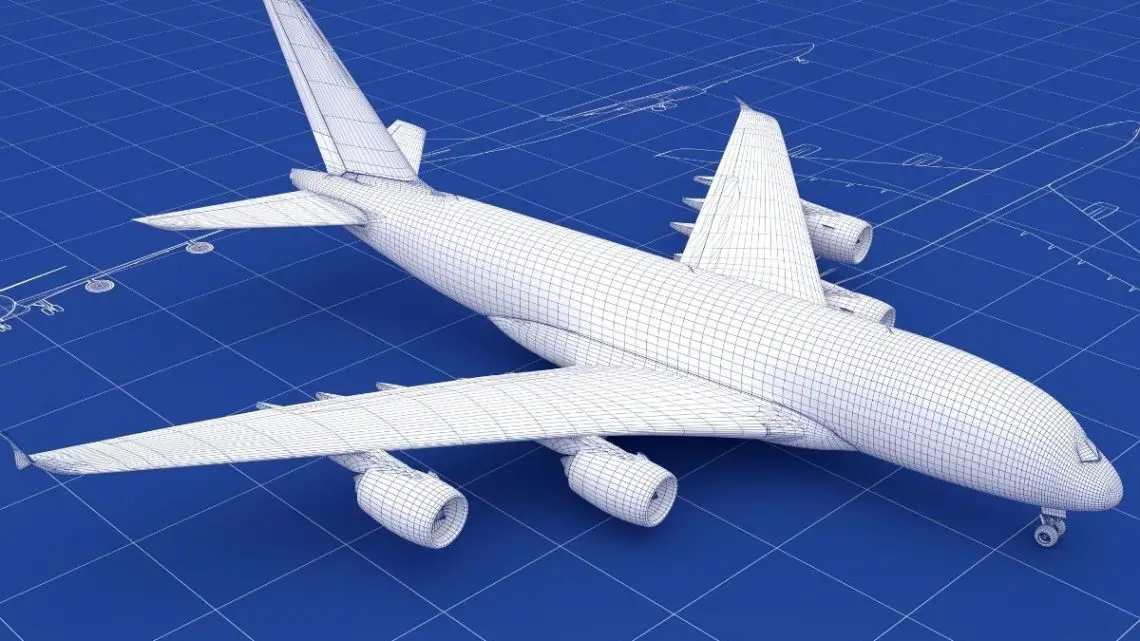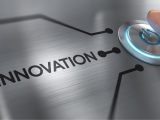
DLR launches hydrogen fuel cell plane project
December 6, 2021 0 By Erin KilgoreThe German company will be working on an aircraft propulsion system powered by H2.
DLR, the Aerospace Research agency in Germany, has received the flying testbed it will be using in the new hydrogen fuel cell propulsion system project it has launched for aircraft.
The propulsion system will be tested on a D-CEFD Dornier 228 research aircraft.
The German Aerospace Center (Deutsches Zentrum für Luft- und Raumfahrt; DLR), will be using Dornier 228 research aircraft D-CEFD for the hydrogen fuel cell propulsion technology testing. The testing process will start with a project including the participation of MTU Aero Engines.
The program will require the work of as many as 80 engineers. Its goal is to replace one of the two conventional aircraft engines by 2025, using a 600-kilowatt electric propulsion system powered by an H2 fuel cell. The project intends to have the aircraft flying within four years.

The hydrogen fuel cell system testing aircraft was received for the project in mid-November.
At that time, the MRO aircraft company General Atomics AeroTec Systems (GA-ATS) handed the plane over. Now at the DLR site in Oberpfaffenhofen, preparations are taking place for converting the aircraft into a technology platform that can fly.
“The concept of combining electric propulsion units with fuel cells has a lot of potential for feeder and regional aircraft. We hope that the new Do 228 D-CEFD test platform will mark a significant advance for this technology concept,” said DLR divisional board member for aeronautics Markus Fischer.
The research plane will be applied to the testing of a spectrum of different types of aircraft components in addition to complete propulsion systems. It will allow them to be examined in detail and under real operating conditions.
“A liquid hydrogen and fuel cell system can power the aircraft of the future with no emissions apart from water. And that is precisely our goal – zero emissions,” said MTU Flying Fuel Cell department chief engineer Barnaby Law while discussing the potential for hydrogen fuel cell propulsions. “The experience and data gained, including in regulatory matters and airworthiness certification are crucial for our further product development.”
More about DLR and it’s green hydrogen vision…
 Interested in alternative energy and how hydrogen fuel works?
Interested in alternative energy and how hydrogen fuel works?
This article is focused on more innovative ways to implement clean hydrogen transportation – Learn more about the largest green hydrogen projects – The U.S. green hydrogen projects are among the biggest! Australia green hydrogen projects along – BP hydrogen projects are all well established green hydrogen developers – Read more about – Who is the largest producer of green hydrogen? Also, make sure to visit our H2 Learning Center.
About The Author
Meet Erin, a seasoned writer with 12 years of experience in the field of alternative energy. With numerous publications under her belt, Erin is considered an expert in the industry. Her passion for...


 With over 15 years of reporting hydrogen news, we are your premier source for the latest updates and insights in hydrogen and renewable energy.
With over 15 years of reporting hydrogen news, we are your premier source for the latest updates and insights in hydrogen and renewable energy.